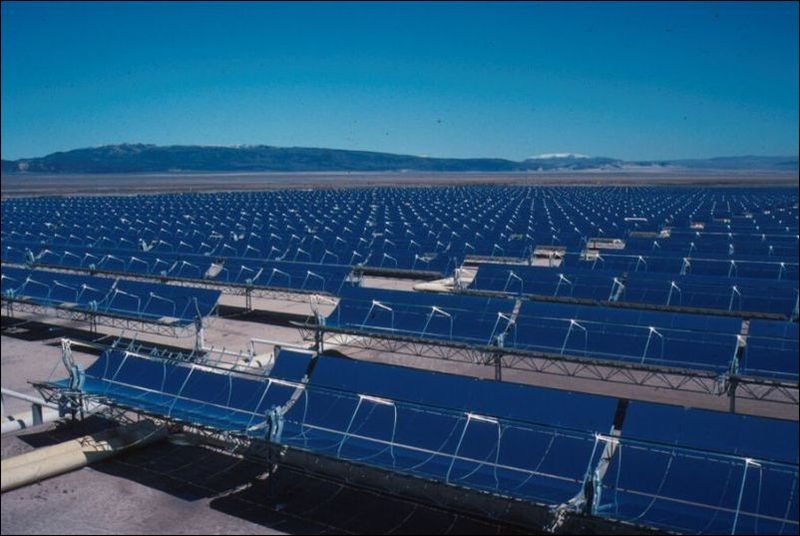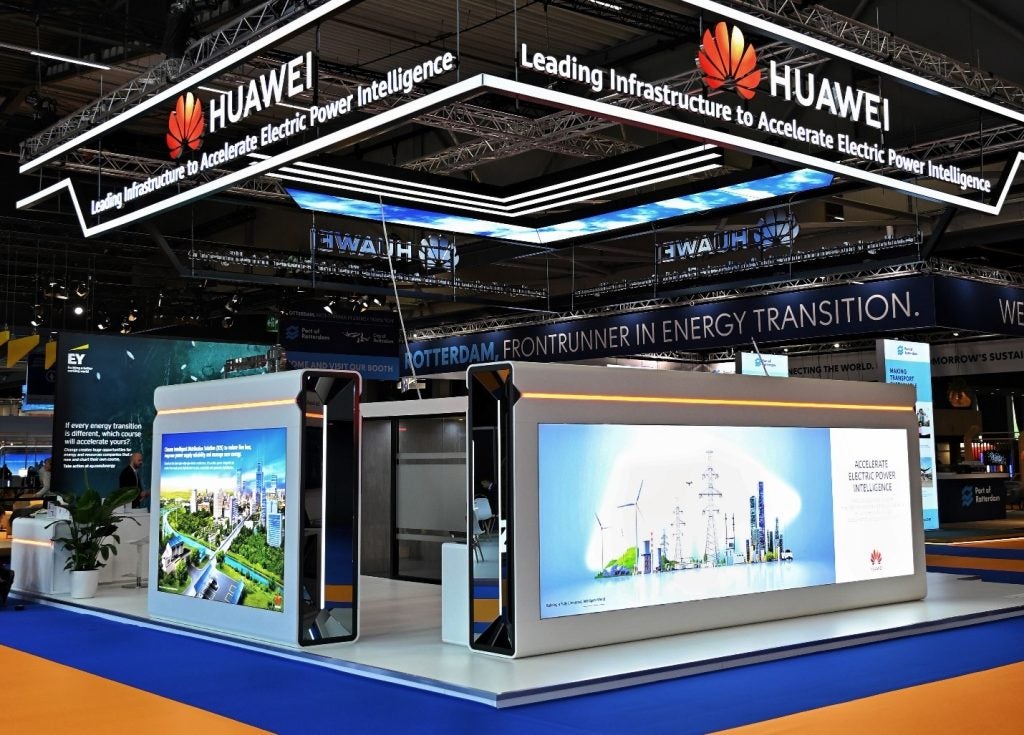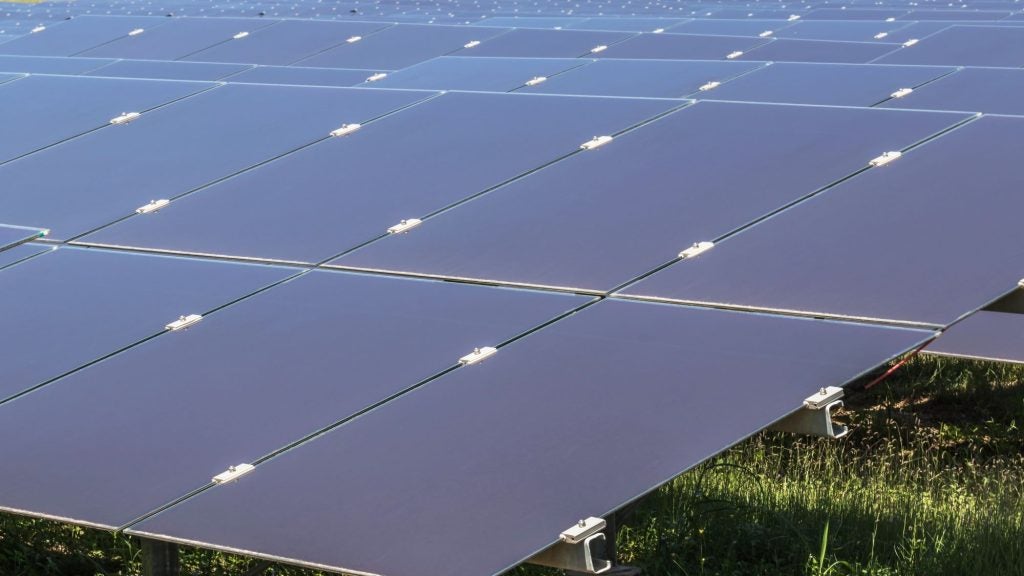
Solar power made up nearly 500GW of capacity worldwide at the end of 2018, just over 4% of the world’s energy mix. Solar power is particularly prominent in China, the global leader in solar panel production and the US state of California.
Solar power has been so successful in California that on particularly sunny day’s power is offloaded to neighbouring states in case it overloads the state’s power lines. Meanwhile the Chinese solar industry has benefited from outsourcing from Europe and government subsidies, until those were halted in 2018.
This technology had to start somewhere and did so with the Lugo solar farm in San Bernadino County, California in December 1982. This facility has since closed, which begs the question, what is the world’s longest-running solar farm?
Solar Energy Generating Systems
Solar Energy Generating Systems (SEGS) is a group of nine geothermal solar farms in the Mojave Desert in California, and is the world’s longest-operating solar plant still in commercial production.
The development of the solar farms was staggered throughout the 1980s, with SEG I and II constructed in 1986. These were followed by SEGS III-VII in 1988 and VIII and IX in 1990, which boast a production capacity of 150MW and 160MW respectively.
How well do you really know your competitors?
Access the most comprehensive Company Profiles on the market, powered by GlobalData. Save hours of research. Gain competitive edge.

Thank you!
Your download email will arrive shortly
Not ready to buy yet? Download a free sample
We are confident about the unique quality of our Company Profiles. However, we want you to make the most beneficial decision for your business, so we offer a free sample that you can download by submitting the below form
By GlobalDataA major fire took place at SEG II in February 1999 after a storage tank on the site exploded and burnt for hours, forcing the evacuation of a half-square-mile area around the facility. The fire was so strong that efforts to put it out were described as being akin to: “putting out a house fire with a garden hose” by local firefighters, and the episode cast doubts over the future of the plant.
SEG I and II ceased production as geothermal solar farms in 2014 before being recommissioned as photovoltaic (PV) solar farms in 2017, with a joint capacity of 33.8MW and owned by California-based Sunray Energy.
SEG III-IX are owned by energy company NextEra Energy Resources, which notes that its operations cover an area of 1,500 acres and is formed of over 900,000 mirrors to create energy. It is also able to offset 3,800 tonnes of greenhouse gas emissions annually.
As a geothermal solar plant, the panels capture sunlight to heat a synthetic oil called therminol which heats water to create steam, which is then piped to a turbine-generator to produce electricity. NextEra says that the plant can still generate electricity on cloudy days, as it has backup natural gas systems that heat the water to create steam instead.
With a capacity of 354MW, the solar farm was once amongst the largest in the world in 2013 before it was superseded by more modern solar farms. In total, SEGS generates around 662-gigawatt hours (GWh) per year. This energy generated from SEGS is sold to electricity provider Southern California Edison through a power purchase agreement.
Solar power in California
California is the leading state in the US for solar power, with 25GW installed at the end of 2018 according to the Solar Energy Industries Association (SEIA).
The 25GW is formed from nearly one million installations across the state, and is enough to power over six million homes in the state alone. A further 15GW is expected to be added in the next five years. In total, solar power provides California with 19% of its electricity needs.
As well as being the state leader in solar power, California aims to be a leader in renewable energy, with Governor Jerry Brown committing the state to obtaining 100% of its energy from renewable sources by 2045.
Solar power will play a major role in this transformation, with SEGS now being overtaken by PV solar farms such as the 550MW Topaz solar farm in San Luis Obispo and the 550MW Desert Sunlight solar farm in Riverside County.








